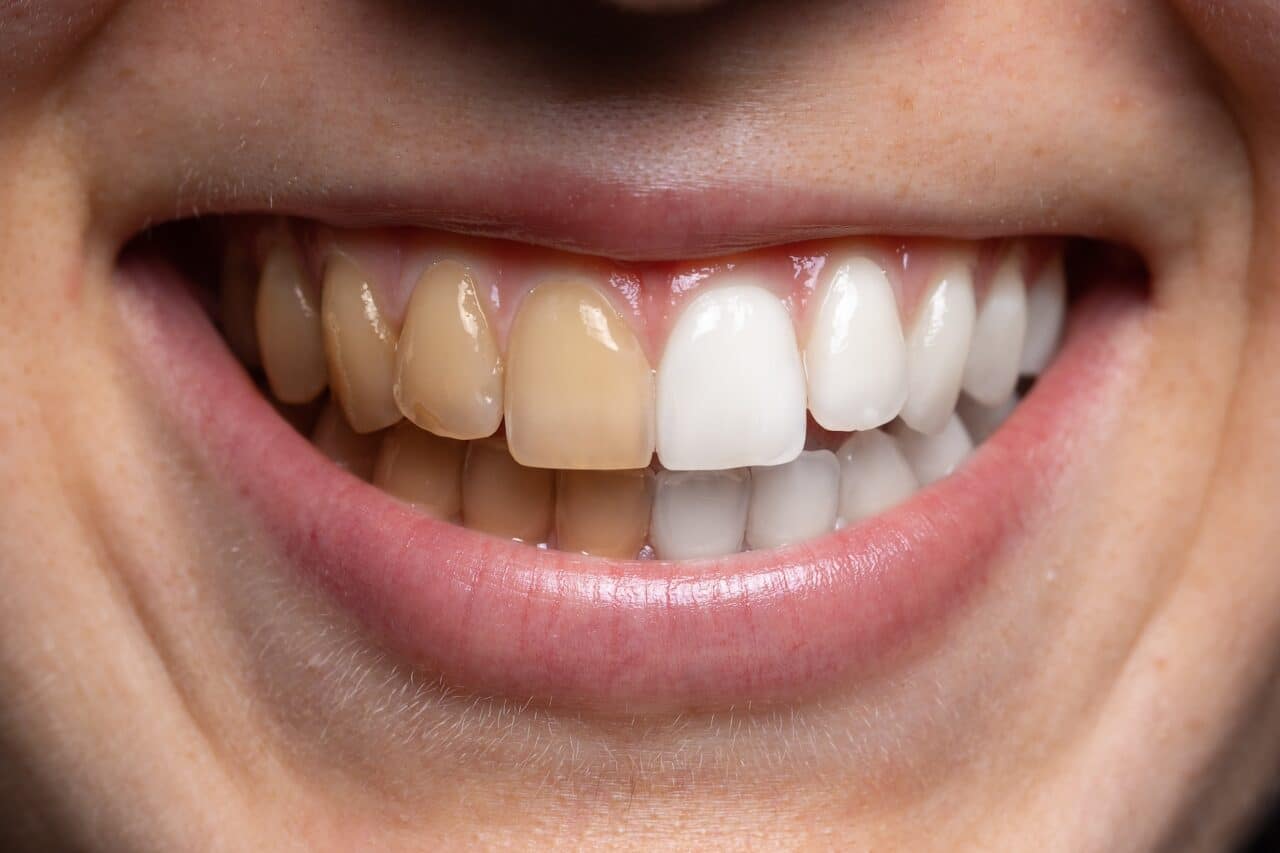Understanding the difference between a tooth stain vs cavity is important for maintaining good oral health. Many people struggle to distinguish between these common dental issues, which can lead to delayed or improper treatment. Whether you’re dealing with discoloration or tooth decay, knowing the differences between the two will help you seek the right dental care when needed.
Understanding Tooth Stains
A tooth stain is a discoloration on the surface of the teeth caused by various factors such as food and drink, tobacco use, and poor oral hygiene. These stains can affect your smile’s appearance but don’t necessarily indicate dental decay.
Types of Tooth Stains
Extrinsic stains: Surface discoloration from coffee, tea, or tobacco
Intrinsic stains: Deep stains within the tooth structure
Common Causes of Tooth Stains
- Dark-colored beverages
- Tobacco products
- Poor oral hygiene habits
- Certain medications
Understanding Cavities
A cavity is a bacterial infection that causes demineralization of tooth enamel, leading to a small hole or pit in the tooth. Unlike stains, cavities represent actual tooth damage requiring immediate attention.
Cavity Development
Early stage: Enamel weakening
Advanced stage: Visible holes
Final stage: Deep decay affecting nerves
Differences Between Tooth stain vs Cavity
Visual Differences
Stains: Surface discoloration only
Cavities: Visible holes or dark spots
Treatment Approaches
Stains: Professional cleaning and whitening
Cavities: Fillings, crowns, or root canals
How to Identify Each Condition
Stain Indicators
- Even discoloration
- No texture changes
- Usually affects multiple teeth
Cavity Indicators
- Visible holes
- Tooth sensitivity
- Localized dark spots
Prevention and Treatment
Prevention Tips
- Regular brushing and flossing
- Limiting staining foods and drinks
- Regular dental check-ups
Treatment Options
- Professional cleaning
- Teeth whitening
- Dental fillings
- Crown placement
Frequently Asked Questions
Can a stain develop into a cavity?
No, stains themselves don’t cause cavities, but poor oral hygiene can lead to both conditions.
How often should I get dental check-ups?
Visit your dentist every six months for professional cleaning and examination.
Are white spots always cavities?
Not necessarily. White spots can also indicate early enamel demineralization or fluorosis.
For professional dental care and expert diagnosis of tooth stains and cavities, visit The Dentist for all of your Vegas dental needs. Our experienced team can help maintain your oral health and bright smile. Schedule your appointment today at our contact page.
Citations:
Putney Dental Care
Mint Dental MN
Shawnessy Dental
Ironwood Pediatric Dentistry


